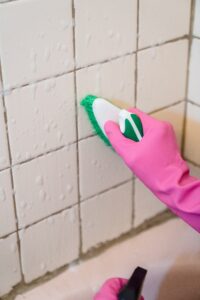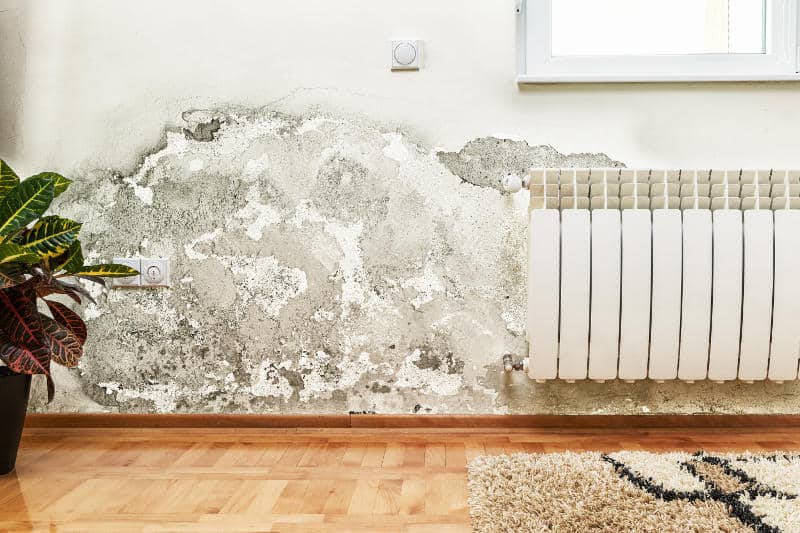What're your opinions on Indicators of Water Damage Behind Walls?

Water stains on wall surfaces are not enjoyable to the eyes. Your residence ought to be without discolorations on the walls, roofing system, or floors. That is the excellent state of a home and its structures. Yet, occasionally it appears practically unavoidable to experience water discolorations on walls in houses.
Property owners living in humid areas continuously manage the worry of water discolorations on walls. Yet that doesn't need to be the case for you. With exact and all-round details on the reasons for water spots and also timely fixing procedures, you will constantly be a step ahead of such incidents. So, this write-up promises to be a handy overview for you.
3 Common Root Causes Of Water Discolorations on Wall Surfaces
Contrary to popular belief, water spots on wall surfaces do not constantly stem from poor building materials. There are a number of root causes of water discolorations on wall surfaces. These include:
Poor Drainage
When making a building strategy, it is vital to make certain ample drainage. This will prevent water from seeping into the walls. Where the drain system is blocked or nonexistent, below ground wetness develops. This links to extreme dampness that you observe on the wall surfaces of your structure.
The leading reason of damp wall surfaces, in this situation, can be a bad drain system. It can likewise be because of bad administration of sewage pipelines that go through the structure.
Wet
When warm damp air consults with dry cold air, it causes water droplets to base on the wall surfaces of structures. When there is heavy steam from cooking or showers, this occurs in kitchens and washrooms. The water beads can discolor the surrounding walls in these parts of your residence and also infect other areas.
Damp or condensation influences the roofing and wall surfaces of buildings. When the wall is damp, it produces an ideal environment for the development of microorganisms and also fungi.
Pipe Leaks
Many houses have a network of water pipelines within the wall surfaces. It always raises the practicality of such pipelines, as there is little oxygen within the walls.
A disadvantage to this is that water leakage influences the walls of the building and also causes prevalent damage. An indicator of faulty pipelines is the look of a water stain on the wall surface.
Water Stains on Wall: Fixing Tips
Property owners would normally want a quick fix when handling water discolorations. Yet, they would soon understand this is counterproductive as the water spots persist. So, here are a few handy tips that will assist you in the fixing of water stains on walls:
- Constantly take care of the root cause of water spots on walls
- Involve the aid of specialist repair services
- Practice routine cleanliness and also clean clogged up sewer system
- When constructing a home in a water logged area, ensure that the workers conduct appropriate grading
- Tiling areas that are prone to high condensation, such as the bathroom and kitchen, assists in minimizing the accumulation of wet
- Dehumidifiers are additionally handy in maintaining the dampness levels at bay
Pro Pointer
A houseplant in your house additionally increases its humidity. If the home is already damp, you may want to introduce houseplants with minimal transpiration. An example of ideal houseplants is succulents.
Verdict
No one desires to have water spots on wall surfaces in their house, it can happen to the best of us. This short article provides you leverage, as you now recognize just how to manage this incident if it does happen.
It is always best to hire specialist solutions to assist repair the damages in your house.
Often it seems virtually unavoidable to experience water stains on wall surfaces in houses.
Contrary to popular idea, water spots on walls do not always stem from inadequate structure products. There are numerous reasons of water spots on walls. The water beads can tarnish the bordering walls in these components of your residence and also spread to other areas.
Here are a couple of practical suggestions that will guide you in the repair of water discolorations on wall surfaces:
CHECKING FOR WATER DAMAGE
Water damage can be costly, and it may begin before you even notice the first signs of trouble. Water damage can cause mold and mildew in your walls and floors, which can create an abundance of health concerns for your family. It can also lead to costly repairs of various appliances and general home fixtures. To avoid the pricey consequences of water damage, here are Warner Service’s top 5 places you should check:
- The walls – The easiest place to spot the beginnings of water damage is on the walls and ceilings of your home. If water damage is present, there will most likely be water stains, especially around the windows and doorframes, and/or cracks in the drywall. If a stain looks unusual (discolored to brown, black or gray, raised texture), has a swollen appearance or is soft to the touch, contact a professional immediately.
- The pipes – To avoid water damage, consistently check the pipes in your kitchen (especially the dishwasher and ice maker), bathrooms, laundry room (specifically washing machines) and basement for corrosion, leaks and water stains. Pay special attention to where the pipes connect in your home and the location of caulking around the bathroom fixtures, including toilets, sinks, showers and tubs. Missing or loose caulking and grout could be signs of leaking water. This seepage can also quickly cause mold and rust, so double check your water heater and tank for wet spots on the floor.
- The floor – Water damage is very easy to spot on the floor. Look for any warping or buckling of the material, especially in the basement. If your home has wood flooring, look for bright white or dark stains. If your home has carpeting, keep it dry and clean. A damp carpet that smells of mold could cause water damage and health problems. To avoid this, consider installing floor pans under your appliances to help prevent damages from small, slow and undetected leaks.
- The basement and attic – If your basement or attic smells odd check for mold and mildew around the area, especially the valley where the roof meets. While you are inspecting those areas, check for wall cracks, floor stains, rust and dampness in the insulation. If you live in a colder and/or rainier climate, perform routine checks for water damage from melting snow or ice and rain.
- The exterior – Check the roof for damaged flashing and missing, cracked or curled shingles. There should also be no standing water anywhere outside your home. This could be caused by puddles, leaky rain gutters or hoses, poor drainage, or short gutter spouts. Invest in a sump pump system or water flow monitoring system, and perform routine maintenance on these outdoor appliances to avoid indoor water damage.

I'm certainly very interested in How to Find and Repair Water Leaking in the Wall and I'm hoping you enjoyed the entire article. In case you enjoyed our blog post plz make sure you remember to pass it around. Thank-you for taking the time to read it.
Check This Out
Comments on “When Walls Speak - Deciphering And Fixing Water Stains”